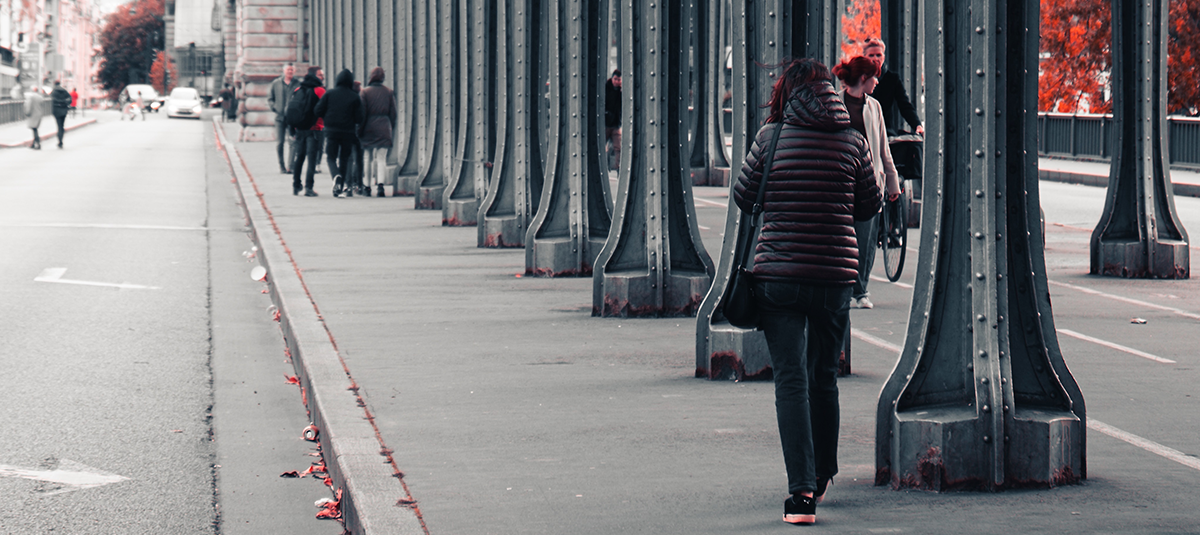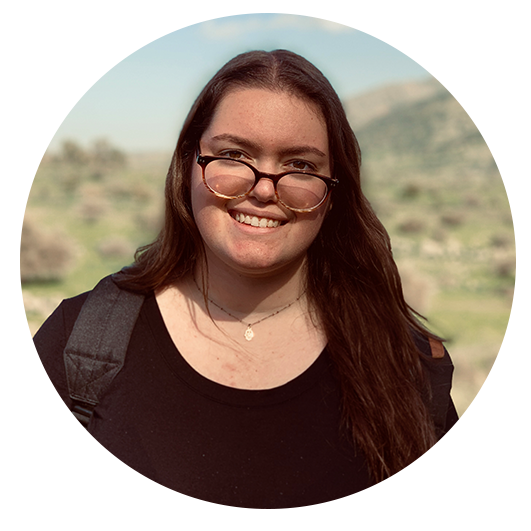I’ve always struggled with the changing weather and lack of sunlight brought on by the fall season. As the months move from September to October to November, I find myself staying indoors and in my bed. The times I do leave my room, I am persistent on only wearing black leggings and baggy sweatshirts to ensure I’m prepared for any rain or snow or wind that might persist.
Although I struggle with depression year-round, the fall is often the most difficult time of year for me. Upon doing more research, I learned this is more common than I thought – over 10 million Americans are affected by Seasonal Affective Disorder, or SAD.
What I had always assumed were just winter blues changed with my diagnosis of depression a few years ago. Since then, I have been able to recognize rapid drops in my energy levels around this time of year as a symptom of seasonal depression.
In recent years, I have kept track of recurring trends during these months in hopes of altering them in the future: I often choose to remain in bed under my covers, watching full TV series within a week. My winters starkly contrast with my summers spent outdoors and active – I spend these cold months laying on my couch eating whatever food is most accessible and often the least healthy option. My moods rise and fall more rapidly, and eventually decline all together towards sadness or irritability. This change in thinking makes me much more likely to isolate myself from my friends, though I never intend on doing so.
After a few years of recognizing this pattern, I have taken the necessary steps and approaches to ensure the transition into the colder winter months leaves me stable and healthy, and ready to conquer any increasing symptoms of depression.
A simple checklist I made for myself last year reads:
- Monitor mood and energy levels as the winter season approaches: Each fall, I take extra precautions to ensure that my mood doesn’t fall too drastically in a short period of time. I spend the first few weeks of October getting ahead on my assignments in anticipation of failing motivation later in the semester. I reveal my worries of my energy levels to a few close friends, and through this support system, I am monitored loosely during times that I can’t seem to leave my room, or seem to be isolating myself.
- Use the fall and winter season to further develop a skill or hobby: By anticipating my year ahead, I know that I will have higher energies during the warmer months to socialize and be outdoors. During the colder months, I can be found doing a puzzle indoors with a calming playlist on in the background. Or I might be watching a TV series that I review and analyze for my personal blog. These hobbies are meant only for me, and with this I have changed my relationship with the winter season by using it as a time for personal growth.
- Take advantage of the sun when it appears: When I see a glimpse of warmth or notice the sun is shining just slightly brighter than the day before, I use this as my chance to go outside, even for a little bit. This doesn’t mean I sit in the field by the National Mall to do homework as I did in the Spring, but I do make an extra effort to walk home from my internship or take strolls around campus. A big factor in changing moods during this time of year is a lack of sunlight, and if I can help combat this lack of light in any way, I will.




